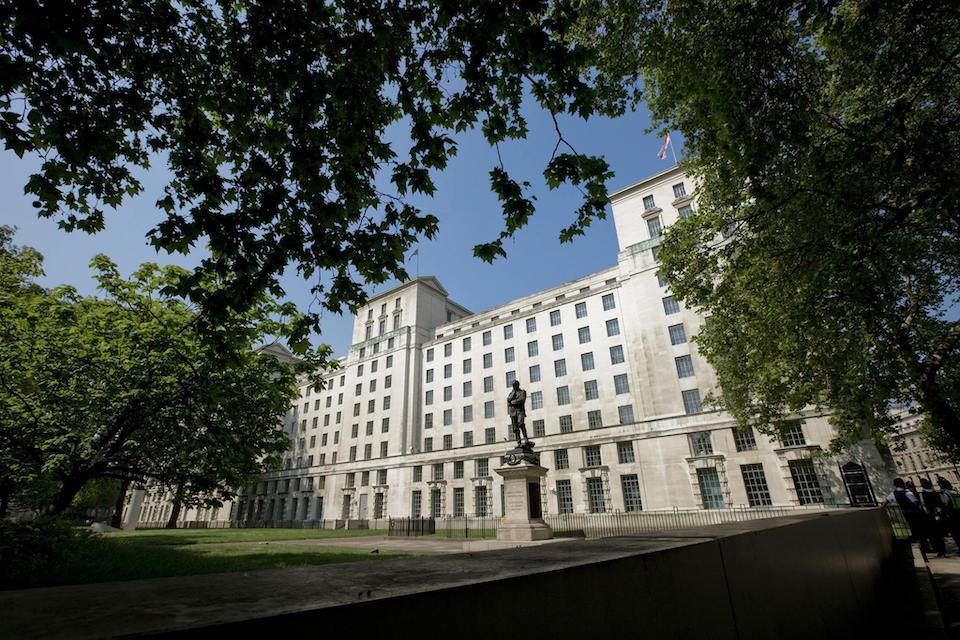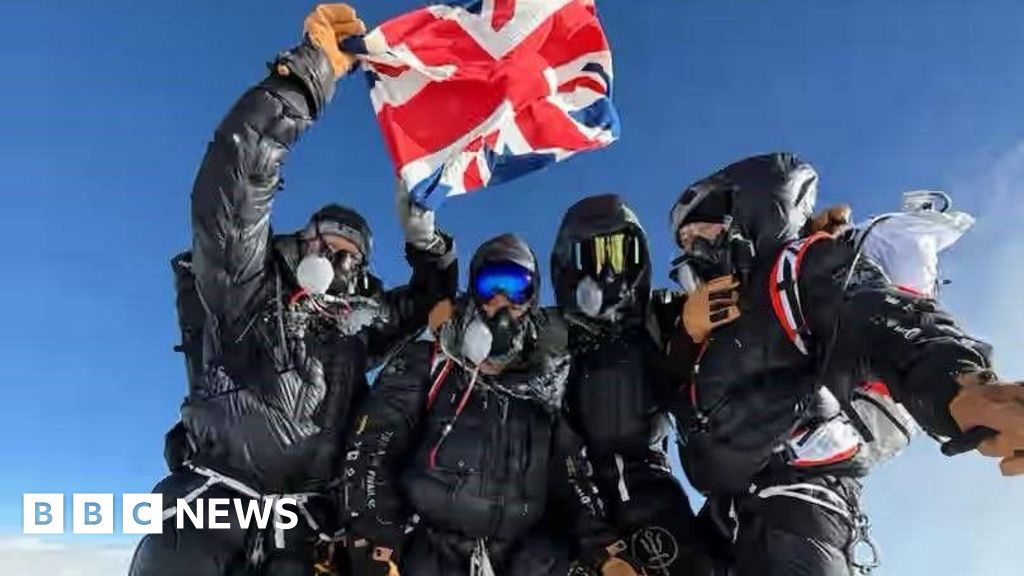British Climbers Summit Everest in Record Bid

A British team of ex-special forces soldiers successfully summited Mount Everest on Wednesday, aiming to complete the entire expedition—from London to the summit and back—within seven days. The team, which included government minister Alistair Carns, departed from London on Friday, employing pre-acclimatisation techniques to combat the low oxygen levels at high altitudes. One notable method was the use of xenon gas, which sparked controversy within the mountaineering community.
The team, consisting of Garth Miller, Anthony Stazicker, and Kevin Godlington, along with a photographer and five Sherpa team members, reached the summit at 7:10 am. Expedition organiser Lukas Furtenbach of Furtenbach Adventures stated that they were descending to base camp and, weather permitting, expected to return home within seven days. The expedition's purpose was to raise funds for veterans' charities and children who have lost parents in conflict.
Carns, a colonel in the Royal Marine Reserves and the most decorated British lawmaker since World War II, emphasized the personal significance of the cause, drawing from his experiences in Afghanistan. The team employed advanced sports science to enhance their physical preparation, allowing them to "climb higher faster," according to expedition leader Miller, a commercial airline pilot.
Traditional Everest ascents typically involve two months of acclimatisation rotations on the mountain. This team, however, took a different approach, flying directly to Everest's base camp via helicopter after arriving from London. They utilized hypoxic tents and specialized training, supplemented by xenon gas administered two weeks before departure, to pre-acclimatise.
Xenon's use is controversial. The World Anti-Doping Agency banned it in 2014, citing its potential to illegally enhance athletic performance. Furtenbach defended its use, claiming it facilitates faster climbs and reduces altitude sickness risks by prompting the production of erythropoietin (EPO), which boosts oxygen-carrying red blood cells. Dr. Michael Fries, collaborating with Furtenbach, likened xenon inhalation to the effects of traditional high-altitude acclimatisation.
Despite these claims, the medical commission at the International Climbing and Mountaineering Federation cautioned against xenon use, stating there's no evidence it improves performance in the mountains and that inappropriate use could be dangerous. The expedition cost an estimated $170,000 per person, significantly more than traditional climbs.
Adrian Ballinger of Alpenglow Expeditions criticized the use of xenon as a stunt, arguing it detracts from the unique challenges of Everest, where climbers are pushed to their emotional, physical, and mental limits. Furtenbach, who has tested xenon since 2020, hopes the expedition will normalize its use as a standard safety protocol for high-altitude mountaineering.









